One more reason to love Turner Classic Movies: The network has compiled a list of 10 favorite movie moments featuring Marilyn Monroe. The list comes as TCM gears up for its Battle of the Blondes this month, which kicks off Nov. 2 with a Marilyn Monroe double feature.
First on the fave moments list is Marilyn looking up at Louis Calhern in the classic noir “The Asphalt Jungle” from 1950 directed by John Huston. Third on the list is her sexy walk in “Niagara,” Henry Hathaway’s 1953 Technicolor noir. (“Niagara” and 1959’s “Some Like It Hot” by Billy Wilder are tonight’s double bill.)
Throughout November, TCM will celebrate Hollywood’s greatest blondes. Each Monday and Wednesday night’s lineup will feature two blondes going head-to-head in a pair of double features, including Marilyn Monroe and Jayne Mansfield on Nov. 2, Veronica Lake and Lana Turner on Nov. 7, Judy Holliday and Jean Harlow on Nov. 9, Marlene Dietrich and Ursula Andress on Nov. 14, Carole Lombard and Mae West on Nov. 16, Janet Leigh and Brigitte Bardot on Nov. 21, Betty Grable and Doris Day on Nov. 23, Julie Christie and Diana Dors on Nov. 28 and Grace Kelly and Kim Novak on Nov. 30.
Best of the fest: The AFI FEST 2011, the American Film Institute’s annual celebration of international cinema from modern masters and emerging filmmakers, starts Nov. 3 with Clint Eastwood’s “J. Edgar,” starring Leonardo DiCaprio.
Noir gems include “Eyes Without a Face,” “The Killers,” “Nightmare Alley” “Le Cercle Rouge,” “Once Upon a Time in Anatolia” and “We Need to Talk About Kevin.” Topping my new-viewing list is: “Miss Bala,” “Art History,” “Carnage,” “Shame,” “Kill List” and “The Artist.”
The festival runs through Nov. 10 in Hollywood and I look forward to covering it.
Lines to remember: Continuing through Nov. 13, the Los Angeles Poetry Festival is hosting Night and the City: L.A. Noir in Poetry, Fiction and Film. There are readings, screenings and discussions in various locations. I’ve marked my calendar for the Raymond Chandler open reading on Nov. 6 in Hollywood.
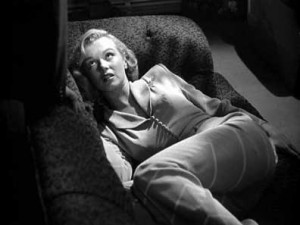
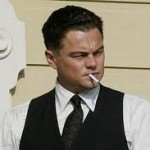





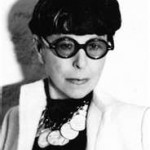
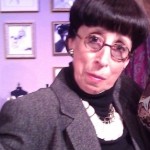
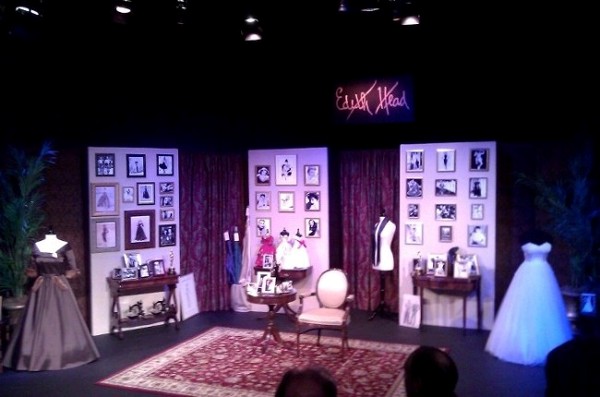
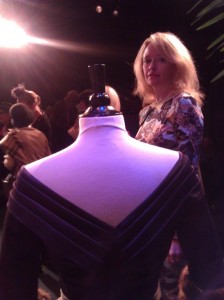
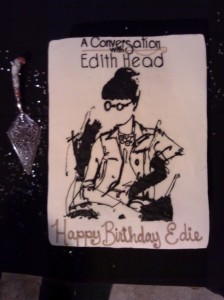
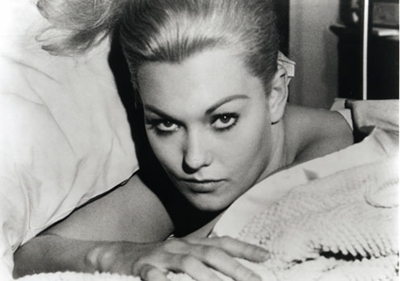






From FNB readers